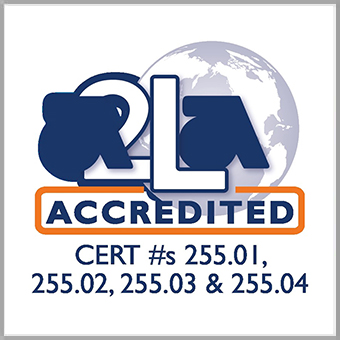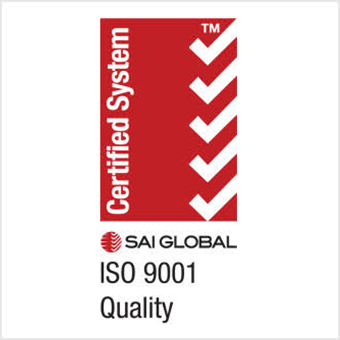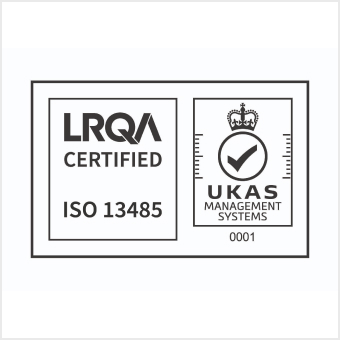Dynamic Viscoelastic Properties Review and Effect of Rubber Compound Ingredients – (Approximately 2.5 hours)
1. Viscoelastic Theory and Models
a. Hooke’s Law – Elastic Behavior
b. Newton’s Dashpot Model – Viscous Behavior
c. Maxwell Viscoelastic Model
d. Kelvin-Voigt Viscoelastic Model
e. Standard Linear Solid Viscoelastic Model
2. Elastomer Properties and Viscoelastic Properties
a. Elastomer Phases with Temperature Change
b. Glassy Region
c. Glass Transition Region
d. Rubbery Region
e. Flow Region
f. Viscoelastic Curve
g. Time-Temperature Superposition Theory – WLF Equation
3. Viscoelastic Properties Definitions
a. G (Shear) and E (Elongation/Compression)
b. Elastic Modulus
c. Viscous Modulus
d. Tan Delta
e. Complex Modulus
f. Loss Compliance
g. Mullins Effect
h. Payne Effect
4. Measuring Viscoelastic Properties
a. Forced Vibration Instruments
b. Free Vibration Instruments
5. Predicting Tire Performance in the Laboratory
a. Tread Compound
b. Wet Traction and Handling
c. Dry Traction
d. Dry Handling
e. Rolling Resistance
f. Winter Snow and Ice Traction
g. Treadwear
h. Non-Tread Tire Components
i. Subtread
j. Belt and Cap Ply Coat
k. Body Ply Coat
l. Sidewall
m. Bead Area
n. Innerliner
6. Non-Tire Applications
7. How Compound Materials Affect Viscoelastic Properties
a. Polymer Structure
i. Backbone Flexibility
ii. Bulkiness of Side Groups
iii. Steric Hindrance
iv. Flexibility of Side Groups
v. Symmetry of Side Groups
vi. Homogeneous versus Heterogeneous
vii. Molecular Weight
viii. Branching
ix. Chemical Modification
b. Common Rubber Elastomers
i. NR / IR
ii. SBR
iii. BR
iv. EPDM
v. IIR / CIIR / BIIR
vi. NBR / HNBR / XNBR
vii. CR
viii. CSM
ix. ECO
x. ACM
xi. AEM
xii. FKM
c. Fillers
i. Rubber Reinforcement
ii. Types of Fillers
iii. Carbon Black
iv. Silica
v. Silica – Carbon Black Comparisons
vi. Titanium Dioxide
vii. Clay
viii. Resins
ix. Plasticizers, Oils, Process Aids
d. Vulcanization System
8. Compounding Trade-offs
9. Viscoelastic Properties and Processing of Uncured Rubber




